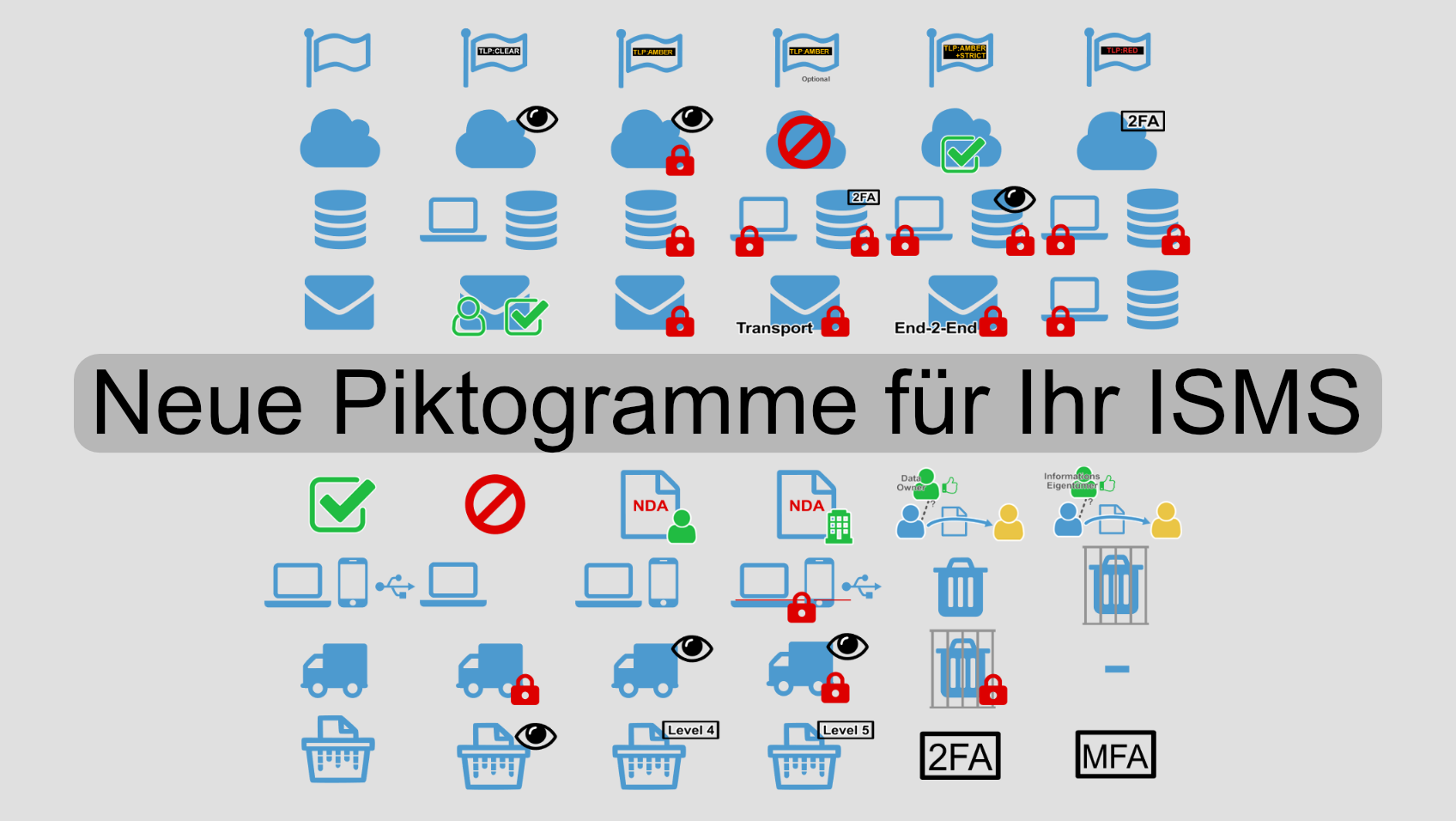Social Engineering nutzt menschliche Verhaltensweisen wie Hilfsbereitschaft oder der Respekt vor Autoritäten aus, um an vertrauliche Informationen zu gelangen. Achten Sie bei der Kommunikation mit unbekannten Personen welche Informationen Sie preisgeben.
Orte und Medien die für Social Engineering genutzt werden:
- öffentliche Verkehrsmittel
- beim Mittagstisch
- auf geschäftlichen Veranstaltungen
- am Firmenparkplatz
- per Telefon
- per E‑Mail
- Online-Umfragen
- durch Spyware
Typische Informationen an die Angreifer interessiert sind:
- Firmengeheimnisse und Intellectual Property (IP)
- Organigramme
- Lieferantenbeziehungen
- Kundenbeziehungen
- Preisinformationen / Preislisten
- Passworte & Zugangsdaten
- Informationen zum verwendeten EDV Systemen
- Informationen zu IT-Sicherheitssystemen
Bedenke: Teilinformationen die einzeln unwichtig erscheinen, können über unterschiedlicher Quellen zusammengeführt werden und dann für die Planung eines Social Engineering Angriffs verwendet werden!
Interne (vorrangig sensible) Informationen dürfen nicht ungeprüft mit Dritten geteilt werden, deren Identität nicht eindeutig feststeht und Vertraulichkeitsvereinbarungen die Absprachen legitimieren.
Eine Liste aller Security Awareness Tipps von SEC4YOU finden Sie in unserer Tipp Sammlung.







